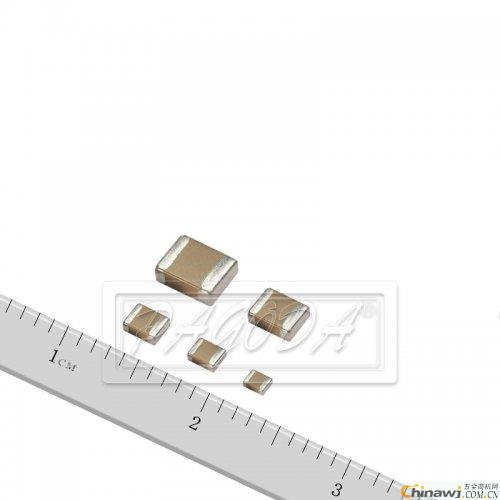Capacitors play a crucial role in electronic circuits. A basic capacitor consists of two conductive plates separated by an insulating material called a dielectric. The type of dielectric determines the capacitor's characteristics and applications. Capacitors can be categorized in several ways based on their structure, dielectric material, and polarity. In terms of structure, capacitors are divided into fixed capacitors, variable capacitors, and trimmer capacitors. Fixed capacitors have a set capacitance value, while variable capacitors allow for adjustment, and trimmer capacitors are used for fine-tuning. Based on the dielectric material, capacitors can be gas-filled, liquid-filled, or solid-state. Solid-state capacitors include inorganic types like ceramic and mica, as well as organic ones like polyester and polypropylene. Electrolytic capacitors are another common type, often used for high-capacitance applications. Capacitors can also be polarized or non-polarized. Polarized capacitors, such as electrolytic and tantalum capacitors, have a specific orientation and must be connected correctly to avoid damage. Non-polarized capacitors, like ceramic or film capacitors, can be used in both directions. One of the key functions of a capacitor is to block direct current (DC) while allowing alternating current (AC) to pass through. This makes them ideal for applications such as AC coupling, filtering, decoupling, bypassing, and tuning signals in electronic circuits. SMD (Surface Mount Device) capacitors are widely used in modern electronics due to their compact size and ease of integration. The image below is provided by Dongguan Pingshang Electronic Technology Co., Ltd.
The unit of capacitance is the farad (F), but this is a very large unit. In practice, smaller units are more commonly used: microfarad (μF), nanofarad (nF), and picofarad (pF). The conversion between these units is as follows: 1 F = 1,000,000 μF 1 μF = 1,000 nF = 1,000,000 pF Understanding these units is essential when selecting the right capacitor for a circuit. Capacitors also have a voltage rating, which indicates the maximum voltage they can safely handle without breaking down. Non-polar capacitors typically have higher voltage ratings, such as 63V, 100V, 250V, and even up to 1000V. Polar capacitors, like electrolytics, usually have lower ratings, ranging from 4V to 400V, depending on the application. There are many types of capacitors, each with its own advantages and use cases. These include non-polar variable capacitors, non-polar fixed capacitors, and polar capacitors. Common examples are CBB capacitors (polyethylene), polyester capacitors, ceramic capacitors, mica capacitors, monolithic capacitors, electrolytic capacitors, and tantalum capacitors. Each type has unique properties that make it suitable for different applications. For example, ceramic capacitors are often used in high-frequency circuits, while electrolytic capacitors are used for power supply filtering.
 In summary, capacitors are fundamental components in electronic systems. Understanding their types, functions, and specifications helps in choosing the right one for your project. Whether you're working on a simple circuit or a complex design, capacitors are always an important part of the equation.
In summary, capacitors are fundamental components in electronic systems. Understanding their types, functions, and specifications helps in choosing the right one for your project. Whether you're working on a simple circuit or a complex design, capacitors are always an important part of the equation.Aluminum Frame Clean Window,Folding Aluminum Frame Clean Window,Sliding Aluminum Frame Clean Window,Hermetic Aluminum Frame Clean Window
Shenzhen Yue Ma intelligent Technol , https://www.ymcleanroomdoor.com